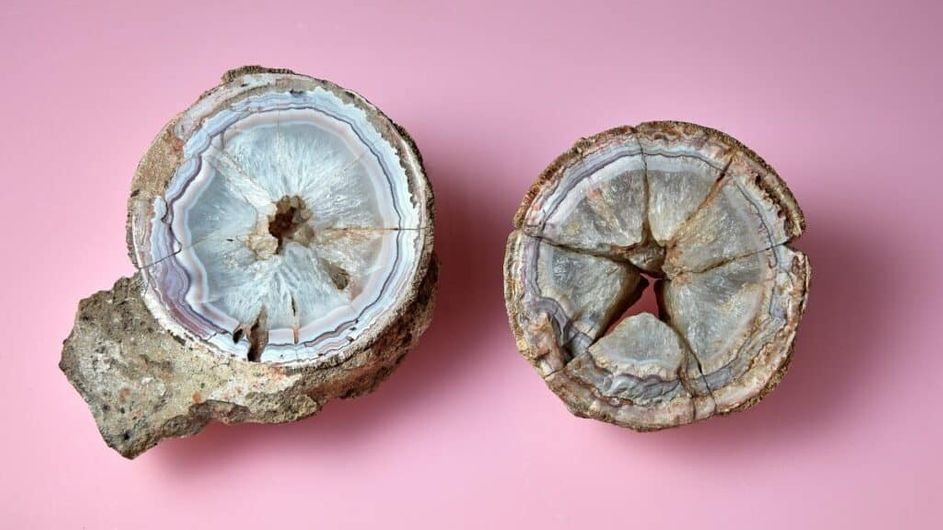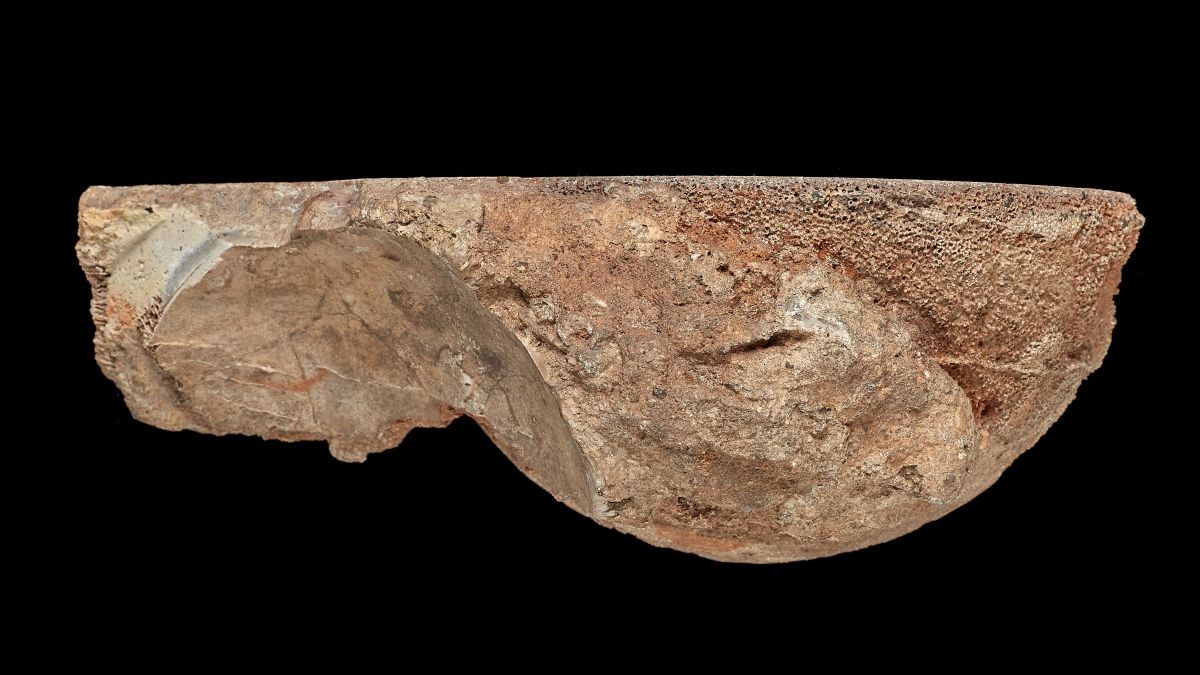Аncient stone turned out to be a dinosaur egg
14:55, 6 April

Photo: NewScience
A recent study by paleontologists confirms that a stone with a perfectly round agate crystal stored in a London museum for more than a century is actually a dinosaur egg, new-science.ru reports.
- Share on Facebook
- Share on VK
- Share on Twitter
It is believed to have been lava-sculpted about 67 million years ago. A man named Charles Fraser is believed to have stumbled upon this object in India in the late 1800s. At the time, the Natural History Museum in Britain simply decided it was agate, a type of quartz that forms in cavities in volcanic rocks. The item then remained in the museum's collection for more than a century until it was on public display in 2018.
Robin Hansen, the museum's curator of minerals at the time, guessed that the almost perfect spherical shape of the stone, the imprint of two other round objects around it, and a thin layer around the crystal suggested it might be a dinosaur egg. In addition, the stone is about 15 centimeters in diameter, the same size as the eggs of titanosaurs (large, long-necked dinosaurs) found in China and Argentina. Although these dinosaurs were the largest in the world, exceeding thirty meters in length and weighing seventy tons, they laid relatively small eggs.

Paleontologists have tried to scan the stone to confirm its origin. Unfortunately, the density of the agate prevented them from seeing the smallest details. Nevertheless, they are convinced that it is a titanosaur egg. These animals were most common in what is now India at the end of the Cretaceous period.
A few months ago, a group of paleontologists found about 256 fossilized titanosaur eggs scattered over several dozen clutches in the region. All were about three million years older than the gem-encrusted egg in question. These titanosaurs buried their eggs in the ground in the manner of modern turtles. Moreover, we know that this egg comes from a volcanic plain. According to museum experts, titanosaurs may have taken advantage of this specific environment to warm their clutches until they hatched.
In this case, the researchers believe that the lava flow may have flooded the nest of one of these dinosaurs soon after it was laid. The embryo would then have decomposed, and layers of hardened volcanic rock would have retained its shell. Over time, water rich in silica seeped into the shell, which then crystallized to form the light pink and white mineral agate.






